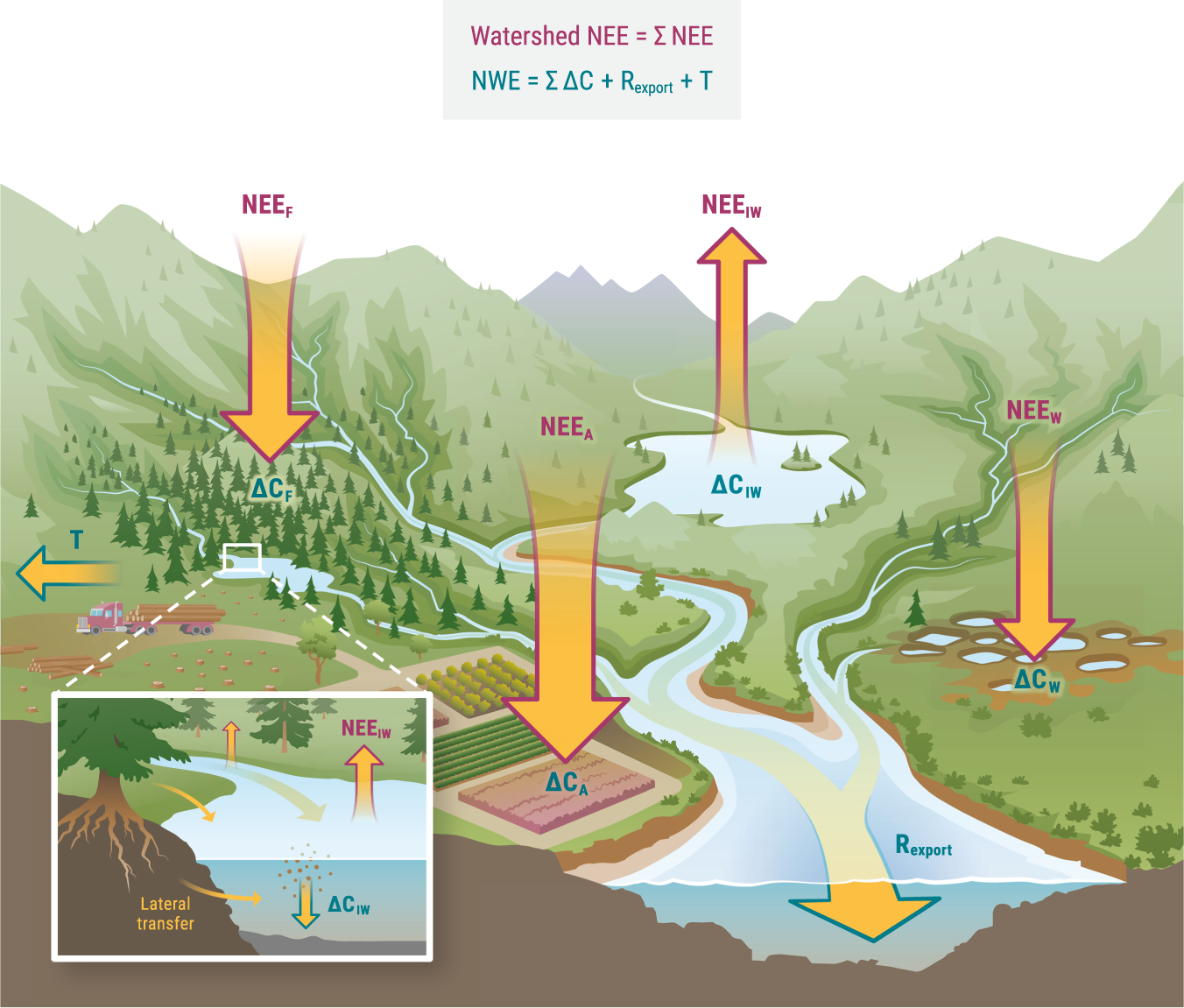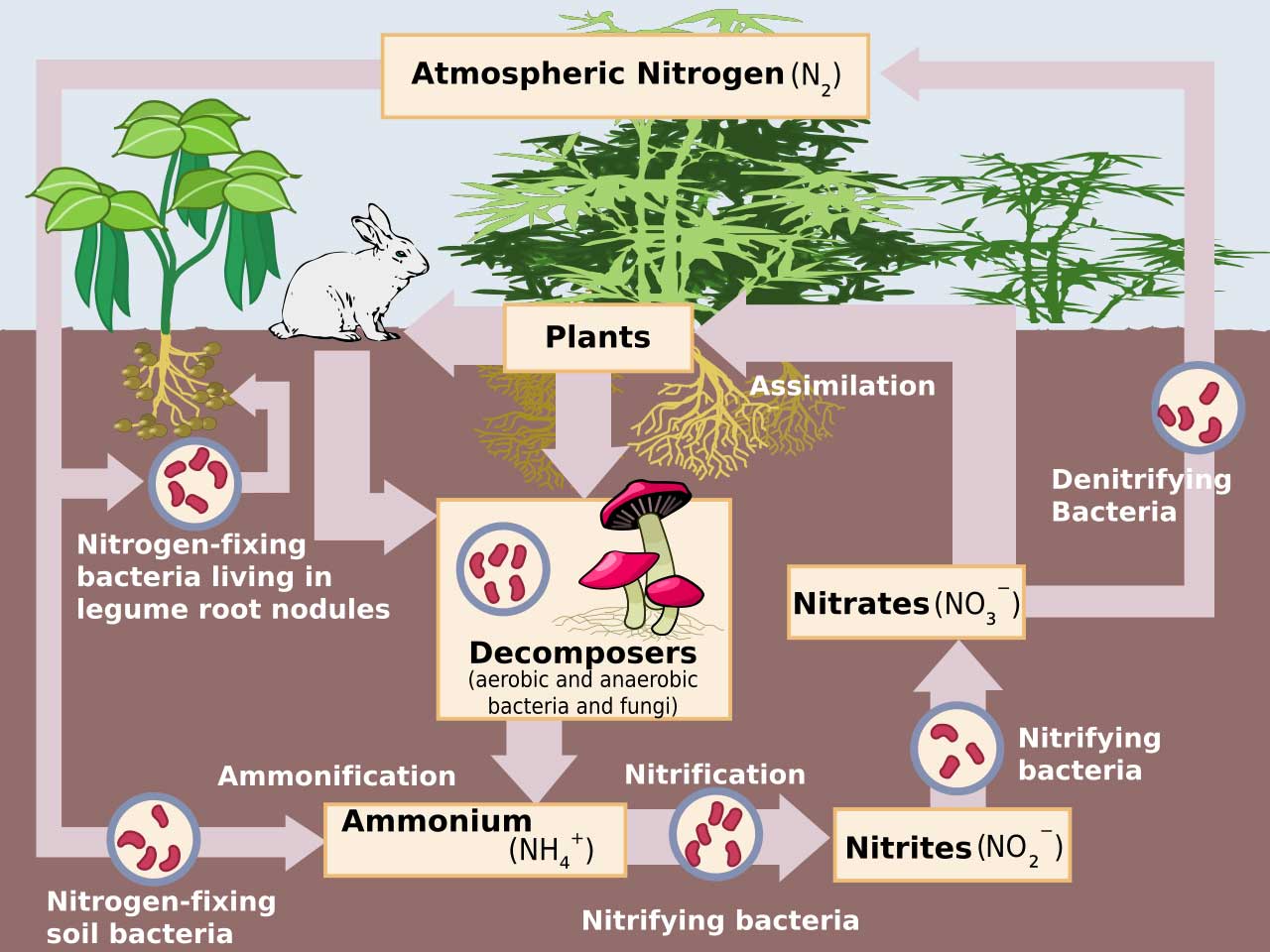Topic coral reef ecosystem: Discover the vibrant world beneath the waves, where coral reef ecosystems boast unparalleled biodiversity and play a crucial role in marine life, offering insights into conservation and the beauty of underwater realms.
Table of Content
- How do coral reef ecosystems protect coastlines and prevent erosion?
- Importance and Functions of Coral Reefs
- Diversity of Life in Coral Reefs
- Formation and Types of Coral Reefs
- Threats to Coral Reefs and Conservation Efforts
- Role of Coral Reefs in the Ocean"s Ecology
- Economic Value of Coral Reefs
- YOUTUBE: Tropical Coral Reef Ecosystems
- Impact of Climate Change on Coral Reefs
- Scientific Research and Monitoring Techniques
- Community Involvement in Reef Protection
- Future of Coral Reefs and Global Initiatives
How do coral reef ecosystems protect coastlines and prevent erosion?
Coral reef ecosystems play a crucial role in protecting coastlines and preventing erosion through the following mechanisms:
- Wave attenuation: Coral reefs act as natural barriers that break the force of incoming waves. The complex structure of the reef absorbs and disperses wave energy, reducing the impact on the shoreline.
- Sediment trapping: As waves approach the reef, they slow down and deposit sediment particles they were carrying. Over time, this sediment accumulation helps build up and stabilize the shoreline.
- Buffering against storms: Coral reefs can absorb a significant portion of the energy from large storm surges and hurricanes. By reducing the height and intensity of waves reaching the shore, they minimize damage to coastal communities and infrastructure.
- Coastal vegetation facilitation: Coral reefs provide habitats for various marine organisms, such as seagrasses and mangroves. These coastal vegetation types reinforce the protective effect of coral reefs by further dampening wave energy and trapping sediment.
Overall, the combined actions of wave attenuation, sediment trapping, storm buffering, and coastal vegetation facilitation make coral reef ecosystems essential in safeguarding coastlines and preventing erosion.
READ MORE:
Importance and Functions of Coral Reefs
Coral reefs are among the most valuable ecosystems on Earth, providing essential services for marine life and humans alike. Their significance spans ecological, economic, and cultural dimensions, making them indispensable for the health of the planet.
- Biodiversity Hotspots: Coral reefs support an immense variety of species, including many that are not found anywhere else. They serve as nurseries for fish populations, crucial for global fisheries.
- Coastal Protection: Reefs act as natural barriers, protecting shorelines from erosion and storm surges. This protection is invaluable for coastal communities and habitats.
- Economic Value: Through tourism, fisheries, and medicine, coral reefs contribute billions to the global economy. They are vital for the livelihoods of millions of people around the world.
- Carbon Sequestration: Coral reefs play a role in the carbon cycle, helping to absorb carbon dioxide from the atmosphere. This process is crucial in mitigating the effects of climate change.
- Scientific Research: Reefs offer unique opportunities for scientific research, providing insights into marine biology, genetics, and the impacts of climate change.
Protecting coral reefs is not just an environmental imperative but a necessity for sustaining the planet"s biodiversity and ensuring the well-being of future generations.
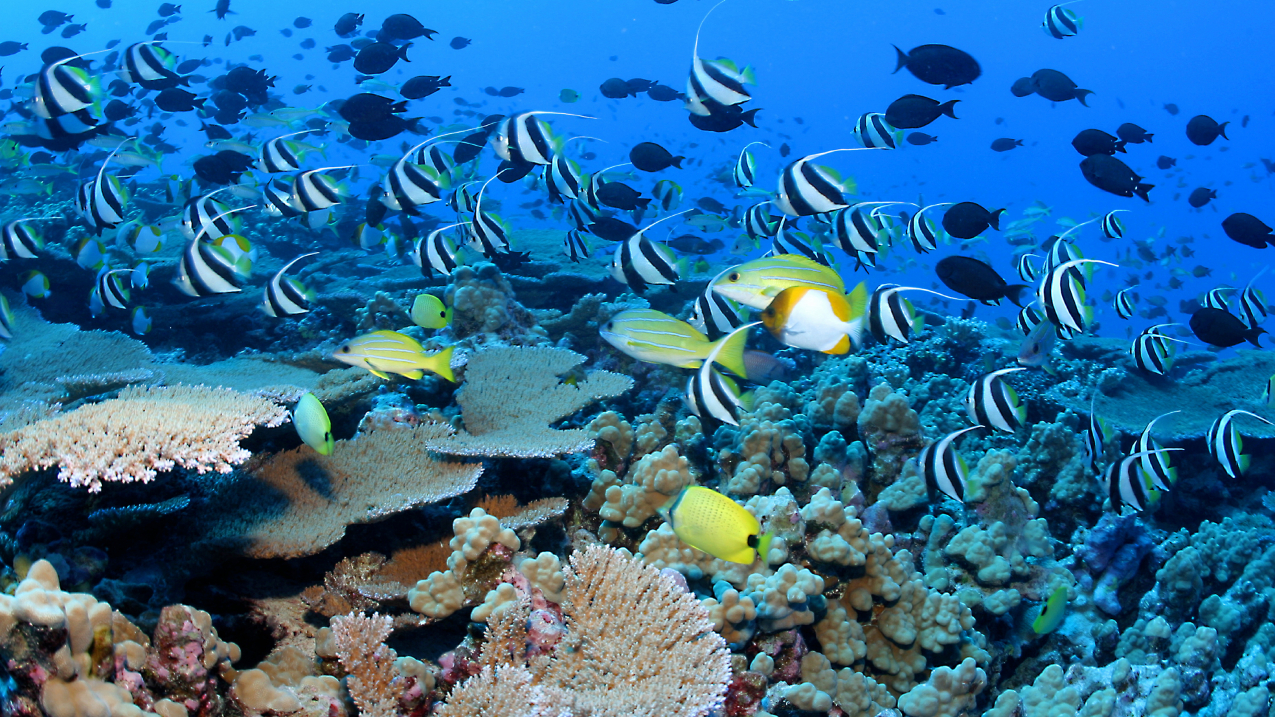
Diversity of Life in Coral Reefs
Coral reefs are often referred to as the "rainforests of the sea" due to their astonishing diversity of life. Home to thousands of species, these underwater ecosystems are a kaleidoscope of color and life, showcasing the incredible variety of marine biodiversity.
- Corals: The architects of the reef, corals are actually colonies of tiny living animals that build calcium carbonate skeletons. They come in various shapes and colors, providing the structure of the reef.
- Fish: Coral reefs are home to a myriad of fish species, ranging from small clownfish to larger predatory species. Each plays a unique role in the reef"s ecosystem.
- Invertebrates: An abundance of invertebrates such as sea urchins, starfish, octopuses, and mollusks thrive in coral reefs, adding to the ecosystem"s complexity.
- Marine Plants: Seagrasses, algae, and mangroves around coral reefs contribute to the health and productivity of the ecosystem, offering food and shelter to many marine species.
- Endangered Species: Coral reefs provide habitat for numerous endangered and threatened species, highlighting the importance of their protection for biodiversity conservation.
The diversity of life within coral reefs is crucial for their resilience and ability to withstand environmental stresses. By fostering such a wide range of life, coral reefs not only support marine biodiversity but also human societies that depend on them.
Formation and Types of Coral Reefs
The formation of coral reefs is a slow and intricate process, often taking thousands of years to develop into the complex ecosystems we see today. Understanding the types of coral reefs is essential to grasp the diversity of these marine habitats.
- Fringing Reefs: These are the most common type of coral reef, directly attached to a shoreline or bordering islands, with a shallow lagoon or no lagoon between the reef and land.
- Barrier Reefs: Barrier reefs are separated from a mainland or island shore by a deep lagoon. The Great Barrier Reef in Australia is the most famous example, offering protection to coastlines from waves and storms.
- Atoll Reefs: Atolls are circular or oval reefs that encircle a lagoon but not an island. They are usually found in the middle of the sea and form when an island surrounded by a fringing reef sinks below the sea surface.
- Patch Reefs: Smaller than fringing or barrier reefs, patch reefs occur within the lagoon of an atoll or barrier reef system, providing diverse habitats for marine life.
Each type of coral reef plays a vital role in the marine ecosystem, offering unique environments for a wide range of marine organisms. The formation of coral reefs involves the accumulation of coral skeletons and the growth of corals on top of old dead corals, creating the reef structure over centuries.
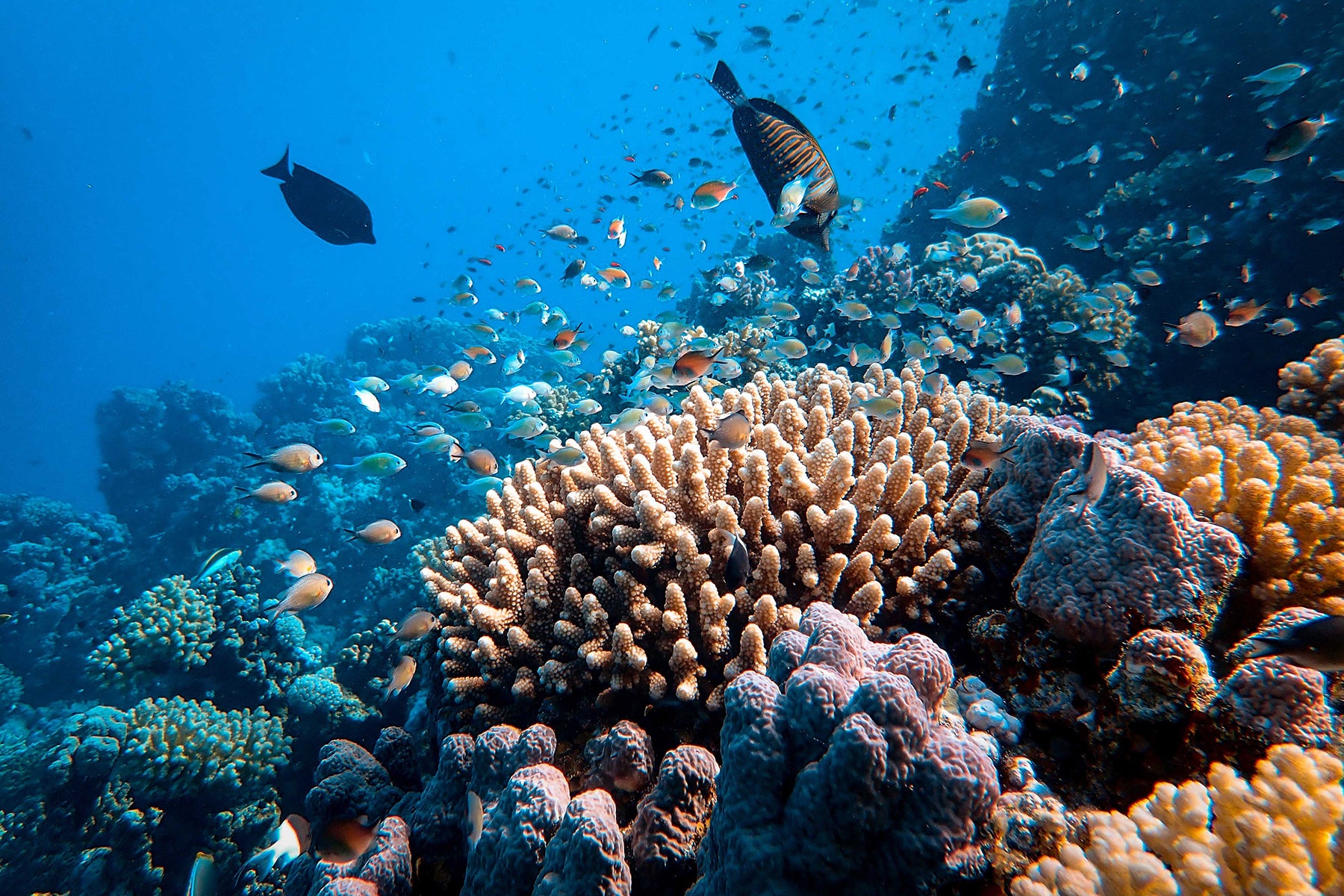
Threats to Coral Reefs and Conservation Efforts
Coral reefs face numerous threats that endanger their health and survival. Addressing these challenges is crucial for the preservation of these ecosystems and the myriad of life they support. Conservation efforts are underway globally to mitigate these threats.
- Climate Change: Rising sea temperatures cause coral bleaching, weakening reefs and leading to mass die-offs. Ocean acidification also hampers coral growth by reducing the amount of carbonate ions in the water.
- Pollution: Runoff containing pesticides, fertilizers, and sewage increases nutrient levels in the water, leading to algal blooms that suffocate corals. Plastic pollution also poses a significant threat to marine life.
- Overfishing: It disrupts the balance of coral reef ecosystems, affecting species diversity and the overall health of the reef.
- Physical Damage: Boat anchors, careless tourism, and coastal development can physically damage reefs, destroying coral structures and altering habitats.
- Destructive Fishing Practices: The use of cyanide and dynamite for fishing destroys coral and degrades the reef ecosystem.
Conservation efforts include establishing marine protected areas (MPAs) to restrict human activities, promoting sustainable fishing practices, and conducting coral restoration projects. Scientists and conservationists are also working on breeding heat-resistant corals and using innovative technology to monitor and protect reefs. The involvement of local communities in conservation and education initiatives is vital for the success of these efforts, ensuring the long-term preservation of coral reefs for future generations.
Role of Coral Reefs in the Ocean"s Ecology
Coral reefs are critical to the health and vitality of the ocean"s ecosystems. They provide essential services that benefit the marine environment and human societies alike. Understanding the role of coral reefs can help underscore the importance of their conservation.
- Biodiversity Support: Coral reefs are one of the most biologically diverse marine ecosystems on Earth, providing habitat, food, and breeding grounds for a vast array of species.
- Nutrient Recycling: Coral reefs play a crucial role in the nutrient cycles of marine ecosystems. They help recycle nutrients, which supports the productivity of marine life.
- Carbon Sequestration: Reefs contribute to carbon sequestration by capturing carbon dioxide from the atmosphere, mitigating the effects of climate change.
- Shoreline Protection: The physical structure of coral reefs protects shorelines from erosion and storm damage by absorbing wave energy, safeguarding coastal habitats and human communities.
- Source of Medicines: Coral reef organisms are a source of potential new medicines for treating diseases, showcasing the ecosystem"s role in human health and well-being.
The ecological functions of coral reefs are indispensable. They support marine life, protect coastlines, and offer resources crucial for human survival. Protecting these ecosystems is essential for maintaining the balance and health of the ocean.

Economic Value of Coral Reefs
Coral reefs are not only ecological treasures but also economic powerhouses. Their value to economies around the globe is immense, underpinning sectors such as tourism, fisheries, and even medicine. Here"s a closer look at the economic contributions of coral reefs:
- Tourism and Recreation: Coral reefs attract millions of tourists each year, who come to dive, snorkel, and enjoy the beauty of these underwater landscapes. This tourism generates significant revenue and supports local economies.
- Fisheries: Many commercial and subsistence fisheries depend on coral reefs for fish and other seafood. Reefs support a high diversity of species that are crucial for the fishing industry.
- Coastal Protection: The natural barrier provided by coral reefs protects coastal properties and habitats from storm surges and erosion, saving billions in potential damage costs.
- Medicinal Resources: Compounds derived from coral reef organisms are used in developing medicines to treat a range of diseases, from cancers to bacterial infections, representing a significant biotechnological asset.
- Bioprospecting: Coral reefs are a source of genetic materials for biotechnology and research, offering potential for future economic developments in science and medicine.
The economic importance of coral reefs is clear, but it"s also fragile. Protecting reefs from threats like pollution, overfishing, and climate change is crucial to preserving their economic benefits for future generations.
Tropical Coral Reef Ecosystems
\"Discover the incredible wonders of biodiversity in our mesmerizing video that showcases the remarkable variety of flora and fauna that exist on our planet. Immerse yourself in the beauty of nature and witness the breathtaking diversity of life in this awe-inspiring footage!\"
Why are coral reefs so important? Natural History Museum
\"Join us in our mission to preserve and protect our planet\'s precious resources through effective conservation strategies. Be inspired by our enlightening video that sheds light on the importance of conservation efforts and learn how you can make a positive impact on the world around you. Together, let\'s safeguard our planet for future generations!\"
Impact of Climate Change on Coral Reefs
Climate change poses a significant threat to coral reef ecosystems, impacting their health, diversity, and the services they provide. The effects are complex and wide-ranging, highlighting the urgent need for global action to mitigate these impacts.
- Coral Bleaching: Warmer sea temperatures can cause coral to expel the algae living in their tissues, leading to coral bleaching. This weakens the corals, making them more susceptible to disease and death.
- Acidification: Increased CO2 levels in the atmosphere lead to ocean acidification, reducing the capacity of corals to build and maintain their calcium carbonate skeletons, essential for reef structure and health.
- Sea Level Rise: Rising sea levels can reduce the sunlight reaching shallow-water corals, affecting their growth and the ecosystem"s overall productivity.
- Increased Storm Intensity: More intense and frequent storms can physically damage coral reefs, breaking apart the coral structure and affecting the habitat for many marine species.
- Changes in Water Temperature and Circulation: Changes in sea temperature and ocean currents can alter the distribution of nutrients and the balance of ecosystems, impacting the species composition and productivity of coral reefs.
Addressing the impact of climate change on coral reefs requires global cooperation and action, including reducing greenhouse gas emissions, protecting and restoring reefs, and investing in research to understand and mitigate climate change effects on marine ecosystems.
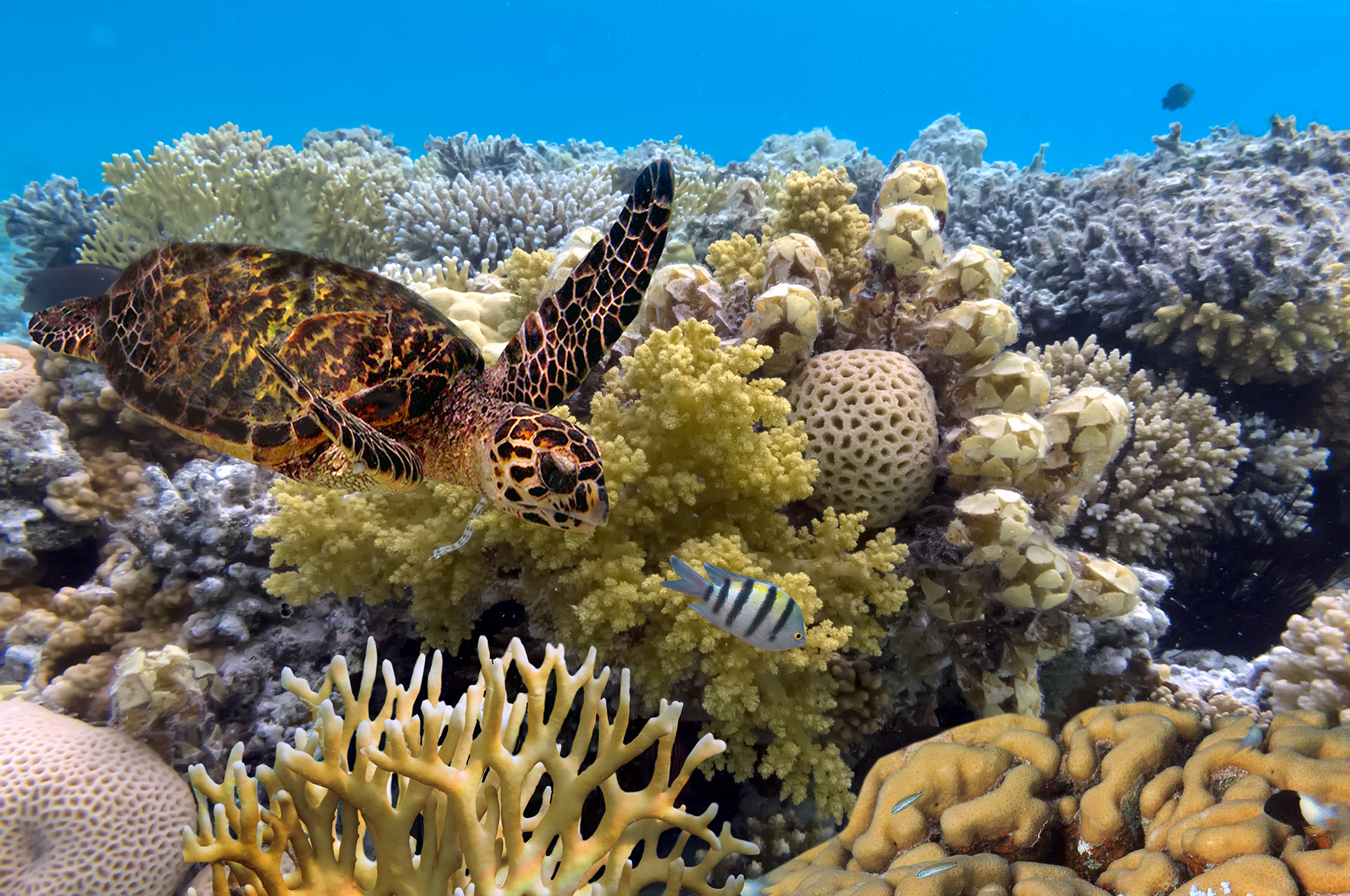
Scientific Research and Monitoring Techniques
Advancements in scientific research and monitoring techniques are crucial for understanding and preserving coral reef ecosystems. These methods allow scientists to track the health of reefs, understand the impacts of environmental changes, and guide conservation efforts effectively.
- Remote Sensing: Satellite imagery and aerial photography provide large-scale data on reef conditions, changes over time, and the impact of human activities and natural events.
- Underwater Surveys: SCUBA diving and snorkeling enable direct observation and data collection on coral health, species diversity, and the effects of stressors like pollution and climate change.
- Autonomous Underwater Vehicles (AUVs): These vehicles are equipped with cameras and sensors to collect data on water conditions, coral health, and marine life without human intervention.
- Acoustic Telemetry: Used to monitor the movement and behavior of fish and other marine animals within coral reefs, helping to understand ecosystem dynamics and the effectiveness of marine protected areas.
- Water Quality Monitoring: Regular sampling of water for chemical and physical properties helps assess the impact of pollution, ocean acidification, and other environmental stressors on coral reefs.
- Genetic and Molecular Tools: These techniques are used to study the genetic diversity of coral species, resilience to stressors, and potential for adaptation to changing conditions.
Through these and other techniques, researchers can gather vital information to support the management and conservation of coral reefs, ensuring their health and resilience for future generations.
Community Involvement in Reef Protection
Community involvement is pivotal in the protection and conservation of coral reef ecosystems. Engaging local communities in conservation efforts not only enhances the effectiveness of these initiatives but also fosters a sense of stewardship and connection to the marine environment. Here are ways communities are contributing to reef protection:
- Educational Programs: Raising awareness about the importance of coral reefs and the threats they face through workshops, school programs, and public events.
- Reef Monitoring and Cleanups: Local volunteers participate in reef monitoring programs to collect data on reef health and organize cleanups to remove marine debris.
- Restoration Projects: Community groups are involved in coral planting and restoration projects, helping to rebuild damaged areas of the reef.
- Sustainable Fishing Practices: Working with fishers to promote sustainable fishing methods that minimize harm to coral reefs and their inhabitants.
- Eco-tourism: Developing eco-tourism initiatives that provide economic benefits to the community while promoting conservation and sustainable interaction with coral reefs.
- Policy Advocacy: Communities can play a crucial role in advocating for policies and regulations that protect coral reefs, such as establishing marine protected areas or restricting harmful activities.
Through these collaborative efforts, communities can make a significant impact on the preservation of coral reef ecosystems, ensuring their health and resilience for generations to come.

READ MORE:
Future of Coral Reefs and Global Initiatives
The future of coral reefs hinges on the actions taken today to mitigate threats and enhance the resilience of these ecosystems. Global initiatives are underway, aiming to protect and restore coral reefs while addressing the root causes of their decline.
- International Coral Reef Initiative (ICRI): A partnership among governments, international organizations, and non-government entities focused on preserving coral reefs and related ecosystems.
- Coral Triangle Initiative: An agreement between six Pacific countries to safeguard the Coral Triangle"s marine biodiversity, which is considered the global center of marine biodiversity.
- Global Coral Reef Monitoring Network (GCRMN): Monitors the health of coral reefs worldwide, providing data and insights to inform conservation and management efforts.
- Reef Restoration and Adaptation Program: Research and implementation of innovative technologies and approaches to enhance coral resilience and restoration.
- Reducing Emissions from Deforestation and Forest Degradation (REDD+): Although primarily focused on forests, REDD+ initiatives contribute to reducing CO2 emissions, indirectly benefiting coral reefs by addressing climate change.
- Marine Protected Areas (MPAs): Expanding and enforcing MPAs to include critical coral reef habitats, helping to protect biodiversity and reduce the impact of human activities.
Collaborative efforts at the local, national, and international levels are essential to ensure the survival of coral reefs. By addressing climate change, pollution, overfishing, and other threats, there is hope for the future of these vibrant ecosystems.
As guardians of the ocean"s biodiversity, coral reefs are a testament to nature"s marvel. Protecting these ecosystems ensures a legacy of rich marine life for future generations, underscoring the interconnectedness of all life on Earth.





